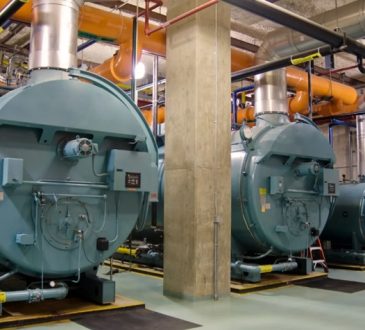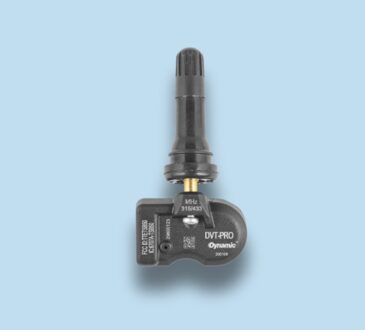OSHA’s list of the most dangerous jobs typically includes the manufacturing and construction industries. This is due to the fact that heavy machinery is employed in some areas and requires a license to operate. Even experienced workers may encounter difficulties, especially when working with cranes.
Cranes must always function at peak efficiency because they convey massive loads through work zones. Otherwise, an operator may encounter the following problems. In addition to the driver’s responsibilities, frequent checks are necessary to ensure the crane’s proper operation. Shannahan Crane & Hoist, for example, is a full-service crane firm that specializes in crane inspection and preventative maintenance in St. Louis, MO.
Collapses
Overfilling is one of the most common causes of crane failures in the first place. Although only a few cranes and hooks are needed to raise the same amount of weight, some employees may assume that an extra hundred pounds is little. If this is done on a regular basis, the hook and crane line will degrade and eventually break.
When this occurs at work, the cargo attached to the tether falls into whatever is beneath it. While it may fall to the ground, it may also injure or even kill anybody nearby.
Tipping
Another issue that might arise when a crane becomes overburdened is the apparatus toppling over. When transporting anything too big, the weight of the crane increases, making mobility over particular terrain impractical. When traveling over extremely steep terrain, the vehicle’s weight may drag it down and cause it to fall.
As a result, crane operators must be aware of both the load and the restrictions of their cranes. They should assess the way ahead of them before shifting any weight, large or little. This will allow them to assess the ground’s stability.
Electrocution
Cranes have the ability to soar to enormous heights, which may help them avoid accidents with items in their path. Unfortunately, this skill may have certain drawbacks. Depending on what the person can see or how well they focus, the boom load might crash with anything, including an electrical cable. In a second, the driver might be electrocuted and murdered.
One of OSHA’s “Fatal Four,” a list of the major causes of workplace deaths, is electrocution. Although there is not a malfunction with the crane, it does emphasize the necessity to adequately teach staff before employing the unit. As a courtesy to businesses, Shannahan Crane & Hoist may provide employee training.
How to Avoid a Mishap
While disasters cannot be avoided, there are numerous risk-mitigation strategies accessible. Crane operators and project managers must first learn about crane operations. They are not the same, and their conduct may differ. Cranes must also be inspected on a regular basis to see whether any of the parts are worn out or require additional power.
The finest crane safety precaution, on the other hand, is a crane evaluation. Before determining whether or not the crane is safe to use, OSHA will demand a yearly inspection to examine its systems and performance.
While most crane inspectors will tell you if repairs are required, Shannahan Crane & Hoist may go above and above by doing the repairs. Everything is handled by their staff, from servicing to the essential components. They have worked with a variety of cranes and will be able to fix your issue.
Crane safety can help all operators learn how to utilize their equipment more effectively by providing both guidance and further training, as well as averting catastrophic accidents and fatalities. When you phone them, they will make certain that you are far more knowledgeable and educated about your subject.
Nobody wants to be on OSHA’s list of workplace incidents or fatalities. As a result, you must follow correct crane procedures. If you require a check of your machine or feel you might benefit from more training, please contact Shannahan Crane & Hoist.




